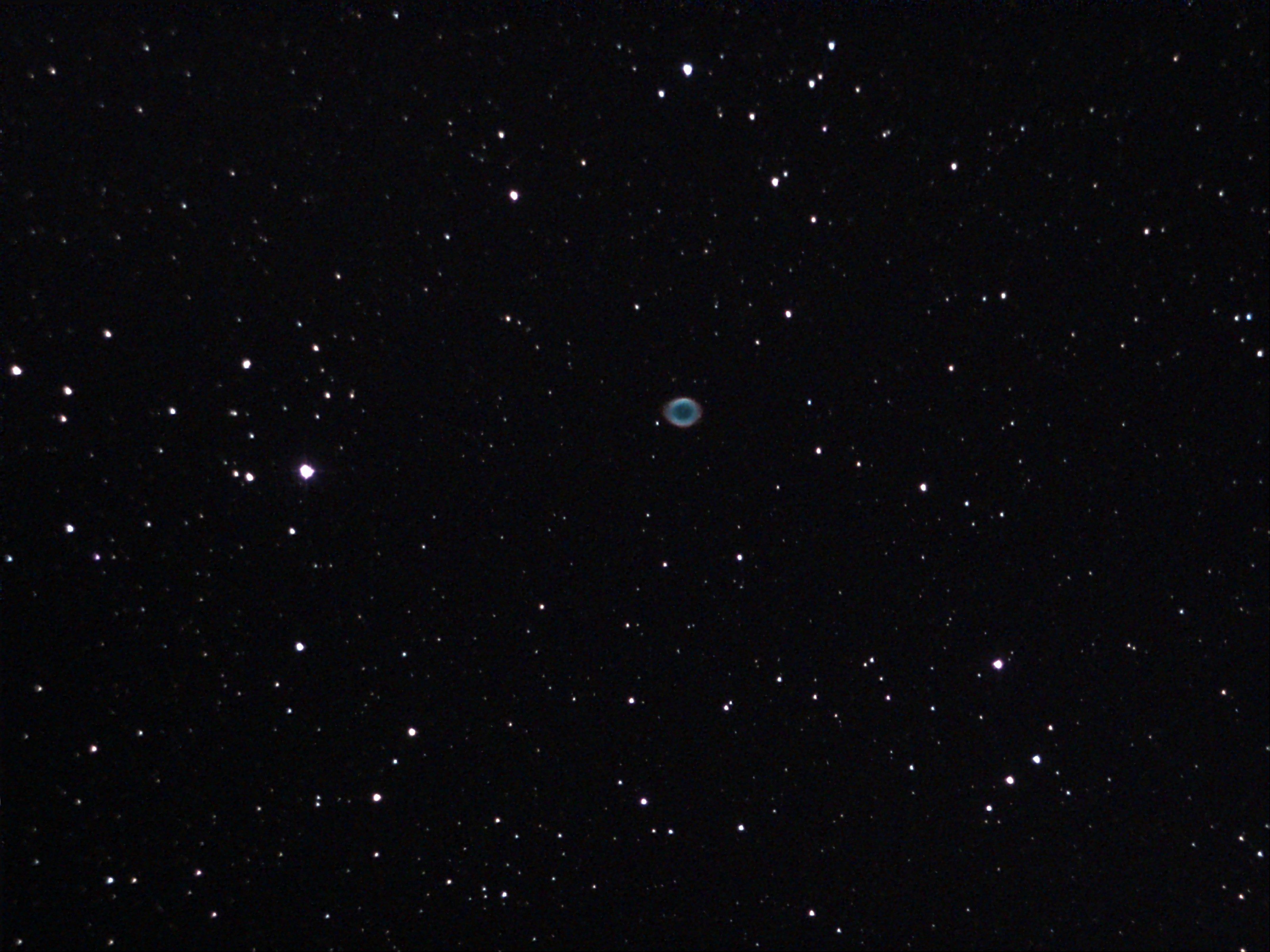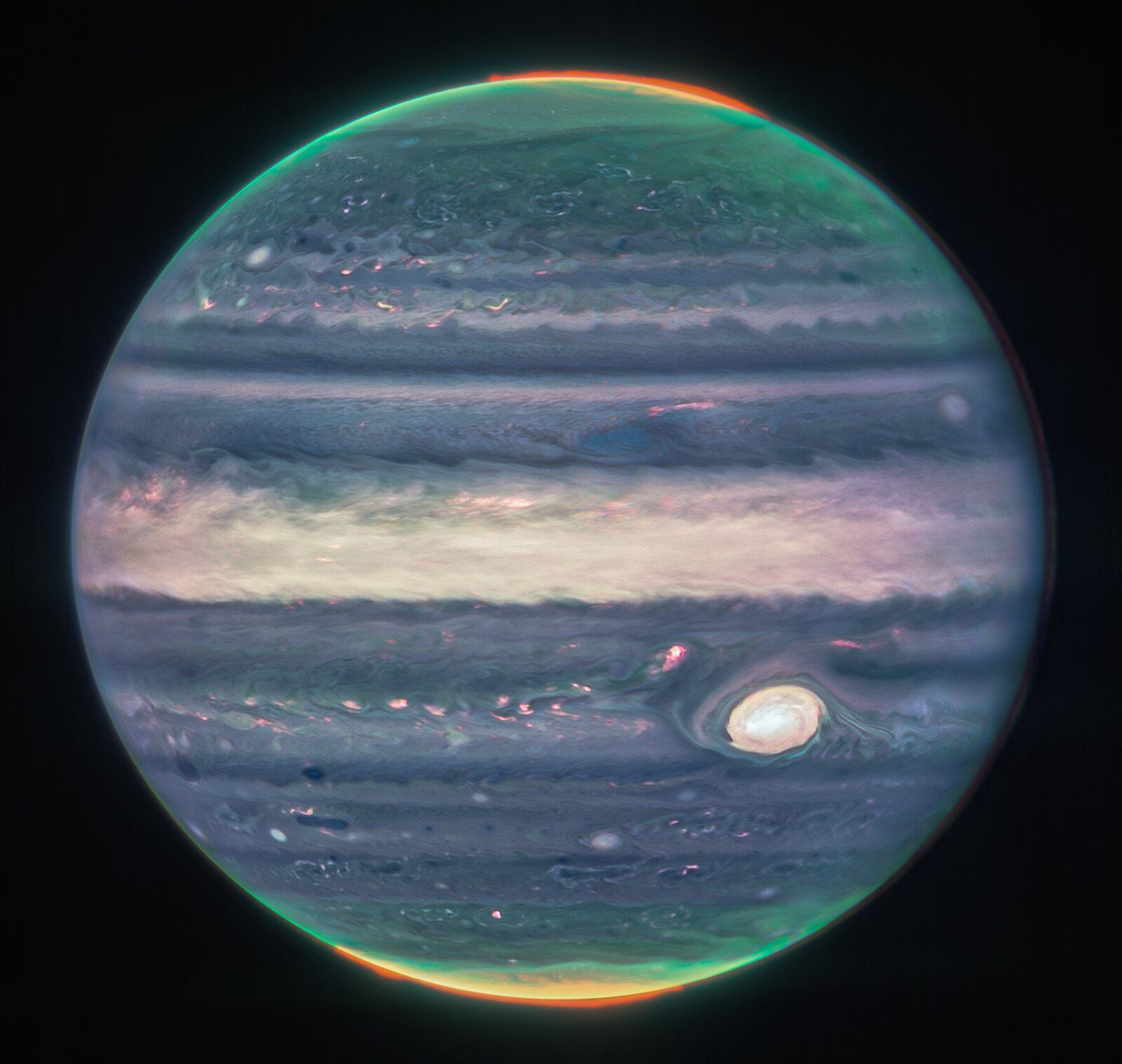Non-formally-trained scientists have been playing an increasingly revolutionary role over the last 15 years. The rise of Citizen Science has had impacts on every discipline, and every month new projects are launched to involve, inform, and ask the public for help in tackling mysteries at the cutting edge of human knowledge.
By any metric, involving ordinary citizens in research has been massively beneficial – from new discoveries to data analyses to new ways to deliver public engagement. Science is supposed to be a common heritage for humankind but too often has kept the public at a distance. But no more. If you want to get involved, there are literally hundreds of different ways to do so. You can help cancer research by playing a mobile game, or even take part in one of the most stringent tests of a cornerstone of quantum mechanics.
Looking For New Worlds And Protecting Earth
Having citizen scientists classify huge data set has certainly revolutionized astronomy. If you have hundreds of thousands of images, you need either one very single-minded PhD student or many people who can help out. That was the starting point of Galaxy Zoo. Asking people on the internet to lend a few minutes of their time and classify a handful of galaxies. Thanks to thousands of volunteers, they not only got the original job done but now the “Zooniverse” has expanded into a huge variety of fields with projects from medicine to literature.
Astronomy is a fertile ground for citizen science, and company Unistellar had that in mind in the development of its telescopes. Their devices allow the observations of very faint objects by accumulating light, they can be used even in cities thanks to dedicated software, and they automatically realize what are they looking at in the sky.
By connecting hundreds of people with these telescopes around the world, Unistellar has been able to conduct some pretty impressive scientific campaigns, from confirming the existence of exoplanets around other stars to determining the properties of Near-Earth asteroids that might one day threaten our planet.
“Unistellar was created to democratize astronomy. And democratizing astronomy can be done by building telescopes but also by transforming people into astronomers,” Dr Frank Marchis, Chief Scientific Officer at Unistellar told IFLScience. “We are democratizing astronomy by making scientific investigation accessible to everybody.”

The Ring Nebula as seen with a Unistellar telescope from central London. Image Credit: Alfredo Carpineti courtesy of Unistellar
The company is working with NASA on several projects, some related to exoplanets as well as one related to the Lucy mission launched last year. Marchis also discussed how some members of the community are now running their own observations of exoplanets.
“I like the diversity as well. Those people don’t know each other, but they talk to each other. They’re from different countries, they don’t speak the same language. It’s kind of a terrestrial network, what we do. All humans observing together and contributing to Science,” Marchis added.
Influencers Of The Jungle
Camera traps are an incredible tool to study animals in their natural environment without the cumbersome presence of humans. They can tell scientists the size of an animal population, their movement, their habits, and more. Sometimes they show species we didn’t know were in that habitat.
Teams working on this approach are usually very small and camera traps take thousands of photos, the amount of data to sift through can be unmanageable for a few people. And that’s where Instant Wild comes in. The project from the Zoological Society of London aims to bring these images to the people, allowing the classification of species seen in these images to happen a lot faster.
“One of my favorite things about Instant Wild is that you don’t need to be an expert to take part. We use a consensus algorithm in the background of the app, which means that basically until ten users have tagged an image with the same species. For example, there are ten tags of a wolf in one image. Until that happens, a result isn’t generated,” Kate Moses, ZSL’s project manager for Instant Wild, told IFLScience.
The approach guarantees that mistakes don’t matter since when hundreds of identifications are made. they are the minority. This makes it easier for people to join, knowing that getting things wrong is not a big deal.
There are currently 18 projects going on the platform. In the beginning, the project run exclusively on live feeds from the field but has since expanded to include pre-recorded images. The growth of the platform speaks for the success of the approach.
“I would say that has been really successful is that we’ve developed a really fantastic community of users. I would say that they are the kindest, friendliest, most helpful and welcoming bunch of people that you’ll ever meet. They’re great, they’re always happy to help out!”
Making Art Out Of Astronomy
You might not know the name Judy Schmidt, but we are certain you have seen her creations – in the last few months in particular. She is one of the many people that process astrophysical images from spacecraft, telescopes, and robotic missions. Her work with JWST in particular has been featured by NASA and the European Space Agency. From peculiar shells around a star to distant galaxies via a breathtaking view of Jupiter, her work is exquisite.
NASA’s data is public, and the agency actually encourages people to process it. That is how Schmidt got involved in this work. More and more missions and projects have pages dedicated to their raw images and trying to get members of the public involved in it. Again, it is a question of the enormity of the data, and how thousands of eyes are better than a few.
“The people who do the outreach, who are actually employed in doing it, they don’t have time to process all the data. And so I do it, I try to encourage other people to do it because there’s just so much out there and there are so many different ways to actually interpret the data. I just figured more the merrier,” Schmidt told IFLScience.

JWST view of Jupiter. Image Credit: NASA / ESA / CSA / Jupiter ERS Team / Judy Schmidt
The robotic explorers we sent out there don’t see the universe as we would with our naked eye, so the way citizen scientists combined the images from the different filters is not just an artistic endeavor. They bring to light details that were significant to them – and often enough, are also scientifically significant. A splendid example of science and art coming together and creating something much greater than the sum of its parts.
“Why is it important to do this? It gives my life meaning. And I love to explore things. And this is a way of exploring without even leaving my house. You don’t have to even have a car or anything. I’m exploring space,” Schmidt told IFLScience.
Source Link: How Citizen Science Is Changing The World